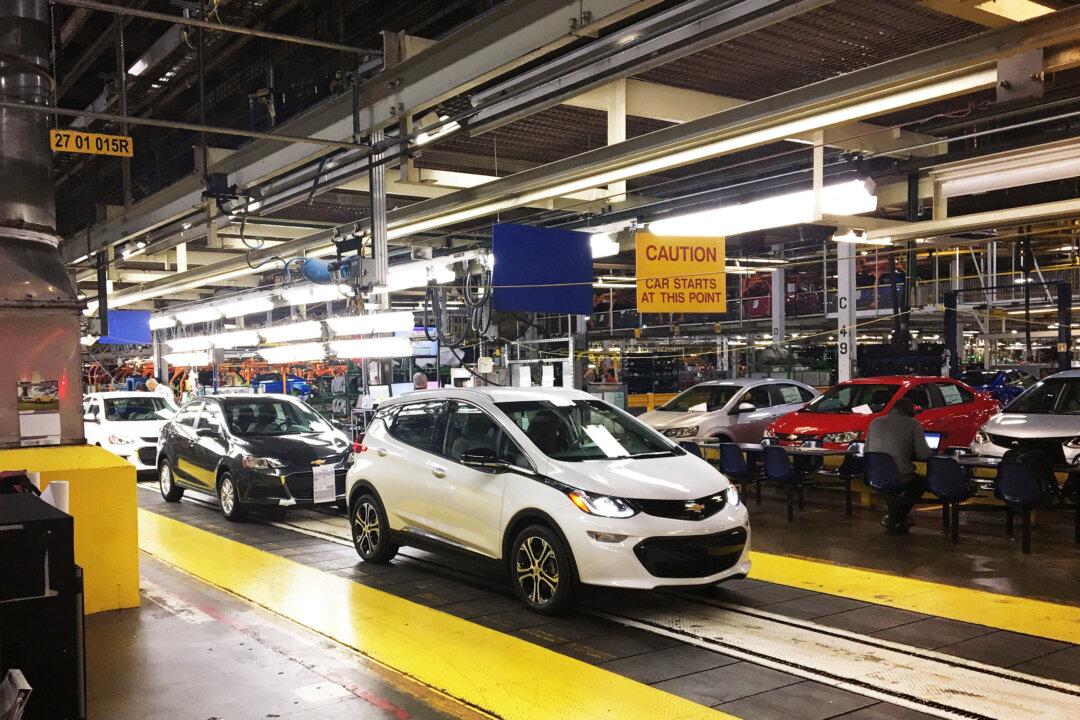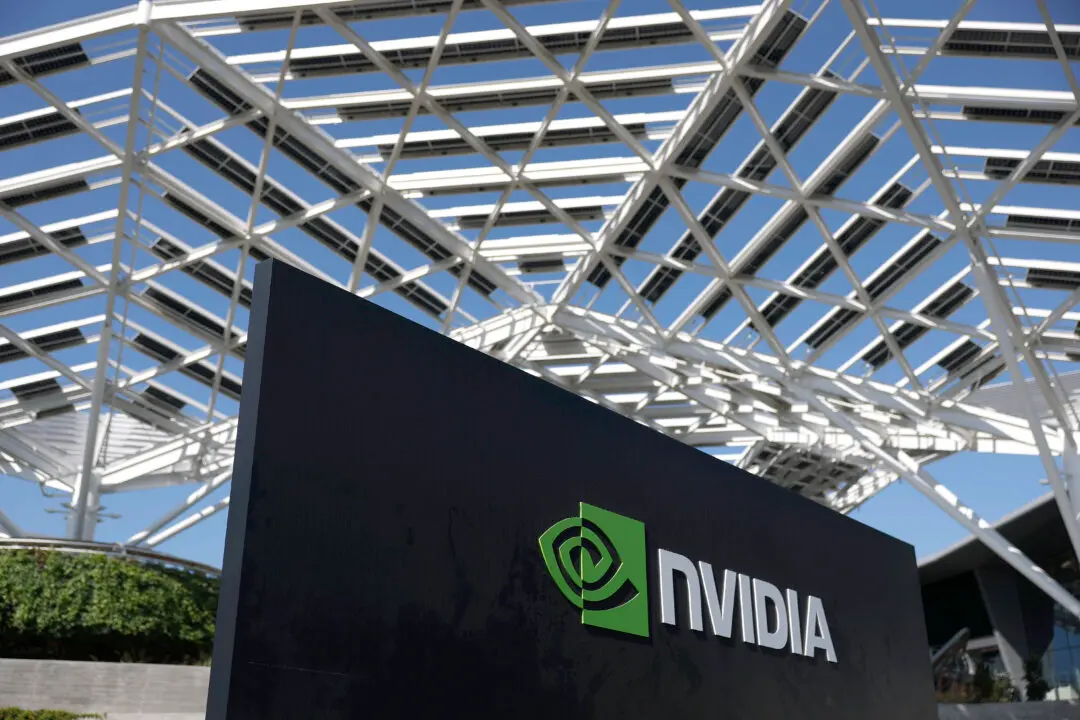Despite the claims of “Bidenomics” acolytes that it will “rebuild the middle class,” a new study states that the hundreds of billions in federal subsidies for electric vehicle (EV) production are wasteful corporate giveaways, to the tune of up to $7 million per job created.
“Taxpayers are going to forgo tens of billions of dollars that are going to be given to some of the biggest corporations in America to build specialty vehicles that consumers don’t seem to want,” Robert Bryce, energy expert and author, told The Epoch Times. “This is another part of what is just a massive miscalculation by policymakers in Washington to try and force automakers and consumers to use electric vehicles, a technology that has been in the marketplace for 120 years.”





